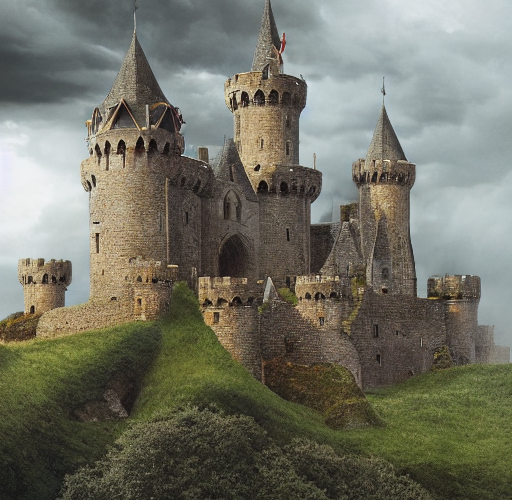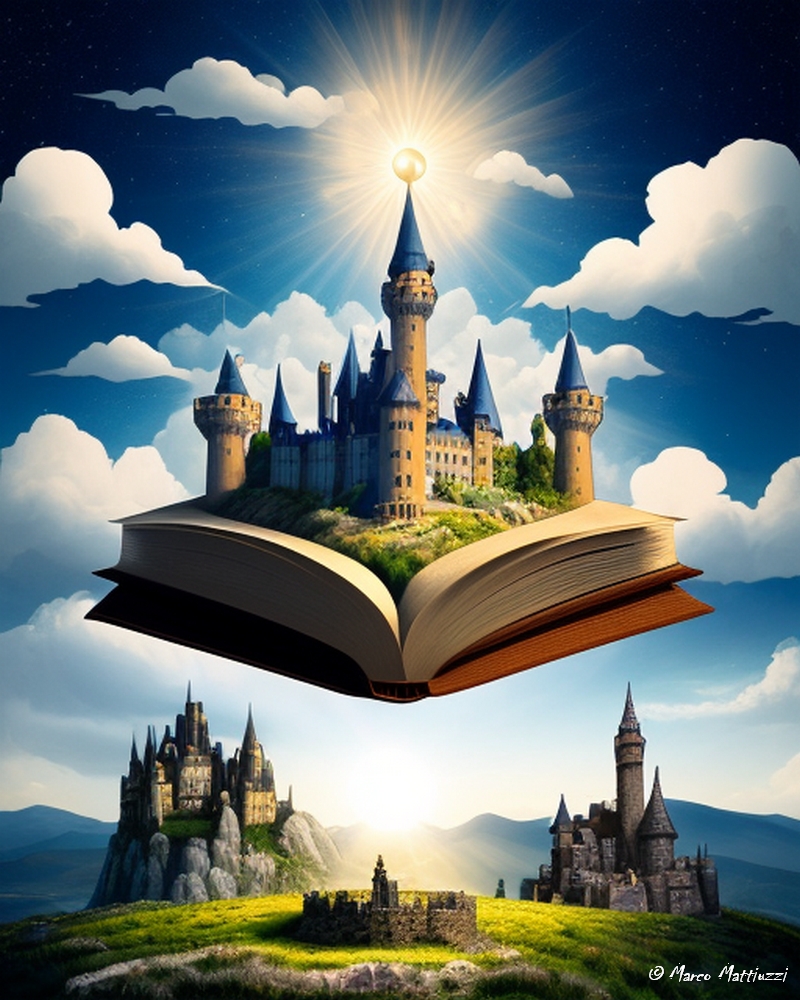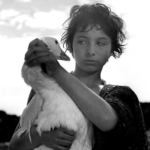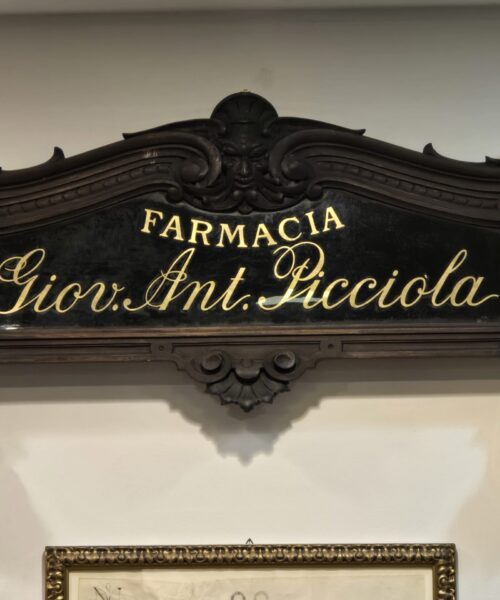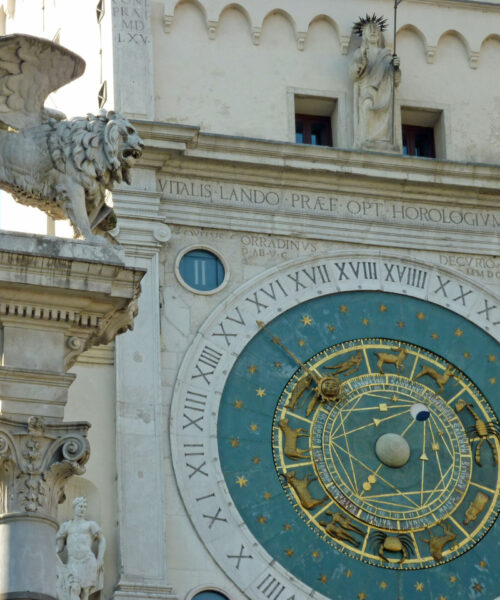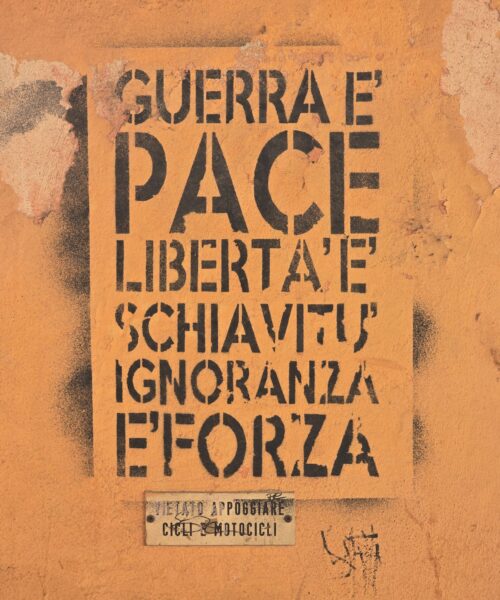In the broad and enchanted universe delineated by J.K. Rowling through the Harry Potter saga, the echoes of a dreamy medieval era strongly and charmingly surface. Not merely an adventure filled with magic and intrigues, the narrative escorts us on a parallel voyage between the world of Hogwarts and the atmospheres of medieval Europe. This exploration will concentrate on some captivating connections: Quidditch as the counterpart of knightly tournaments, Hogwarts castle as a medieval emblem, and the school houses as factions in a ceaseless competition.
The Quidditch as Echoes of Chivalric Tournaments
The Quidditch, the favored sport of wizards and witches within the walls of Hogwarts, offers an intriguing mirror of chivalric tournaments, focal points of life and passion in the Middle Ages. Similarly to these events, Quidditch sees two teams pitted against each other, each composed of seven players, each of whom plays a well-defined role. These figures echo the various roles held by medieval knights: the Seekers are engaged in the hunt for the Golden Snitch, comparable to the mythical Grail; the Keepers, supported by their Chasers, protect their field as ancient bastions were guarded by archers and soldiers; the Beaters, finally, embody the offensive warriors armed with sword and lance.
The colorful uniforms of the Quidditch teams hark back to the banners of medieval knights and noble families. The fierce competition between Gryffindor, Slytherin, Hufflepuff, and Ravenclaw reflects the ardent rivalry between knights and houses during tournaments. Honor and loyalty, embodied by the founders of the houses, enhance the intensity of competition as it happened between medieval factions.
Hogwarts: An Emblem of Medieval Architecture
The castle of Hogwarts stands as a potent medieval symbol. Its towering turrets, labyrinthine corridors, and adorned halls transport us to a world that might well belong to a fairytale, rich with history and mystery. Spirits like Sir Nicholas de Mimsy-Porpington, known as “Nearly Headless Nick,” bring to mind legends of ghosts and nocturnal creatures that populated medieval manors. The Clock Tower, with its intricate astronomical clock, links Hogwarts to medieval astrology.
The Great Hall, with its enchanted ceiling reflecting the starry sky, evokes atmospheres of medieval banquets, occasions for community gathering and celebration. Hogwarts teachers assume the roles of sages and wizards, echoes of the scholars who once taught in ancient universities.
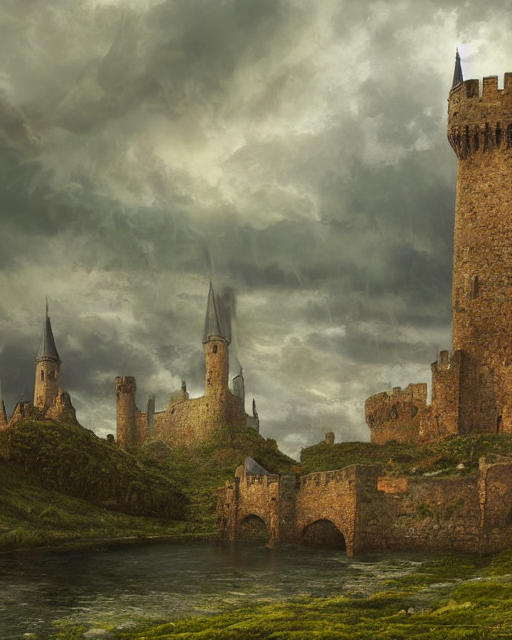
Hogwarts Houses: Factions in an Eternal Race
The four houses of Hogwarts operate as districts in eternal rivalry, each with a unique identity and a strong sense of belonging. They compete on various fronts, from the House Cup to Quidditch tournaments, embodying the competitive spirit that permeated medieval districts.
Gryffindor represents valor and courage, akin to a legendary knight. Slytherin, with its fine cunning and ambition, evokes the plots and intrigues of medieval courts. Hufflepuff, known for its dedication and loyalty, recalls the work ethic of craftsmen. Lastly, Ravenclaw, the house of intellectuals, reflects the role of medieval scholars, keepers of ancient knowledge.
In essence, the world of Harry Potter is an intricate fabric of references to medieval imagery, a detail that adds depth and familiarity, capturing readers in a spiral of enchantments and mysteries. As one navigates the halls of Hogwarts, cheers for competing houses, and experiences the excitement of Quidditch tournaments, the skill of J.K. Rowling in melding the marvelous with medievalism becomes apparent, creating a work that nestles in the heart like a precious work of art in the soul of a true enthusiast.
These elements merged with the medieval echoes highlighted earlier—Quidditch as a mirror of knightly tournaments, Hogwarts Castle as a medieval emblem, and the juxtaposition of the Hogwarts houses with medieval factions—unveil an enduring enchantment that J.K. Rowling has skillfully woven through her narrative. The vivid parallels extend beyond mere aesthetic resemblance, plunging into a realm that converges the magical with the medieval, the whimsical with the historical.
This seamless integration creates a tapestry that not only entertains but also educates, providing a window into an era long past yet ever resonant. The rivalry among Hogwarts houses, much like the competition among medieval factions, transcends a simple quest for victory—it embodies a relentless pursuit of excellence, honor, and communal pride. Through the lens of Harry Potter’s universe, readers traverse time, reliving the medieval spirit amidst a modern narrative, an expedition that enhances the allure of the tale, making it a timeless piece.

